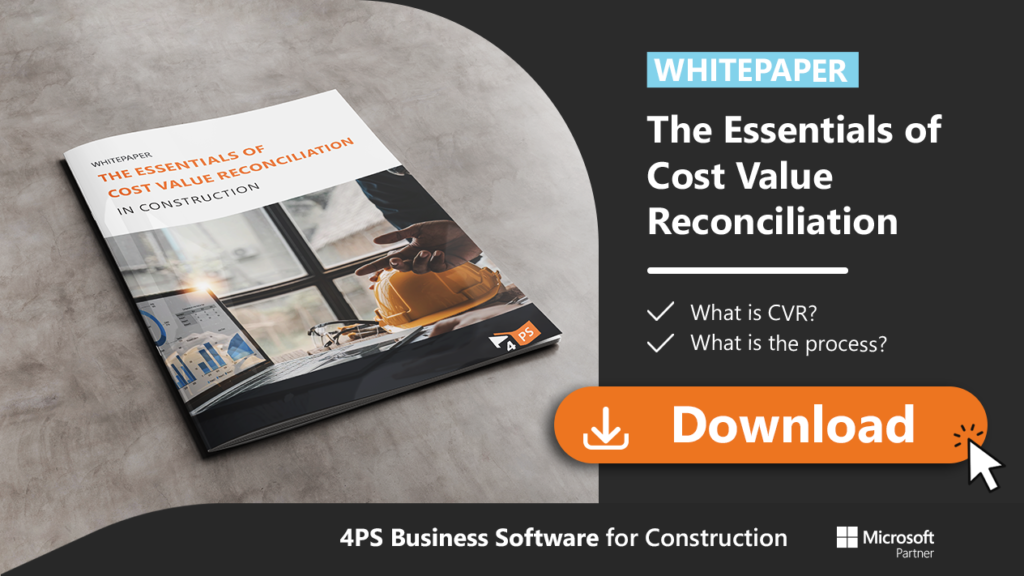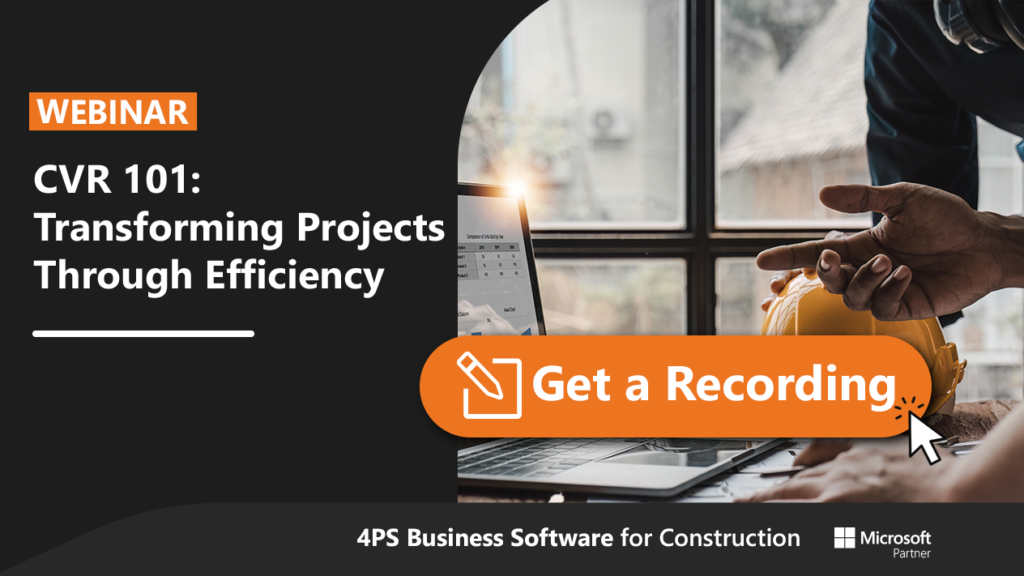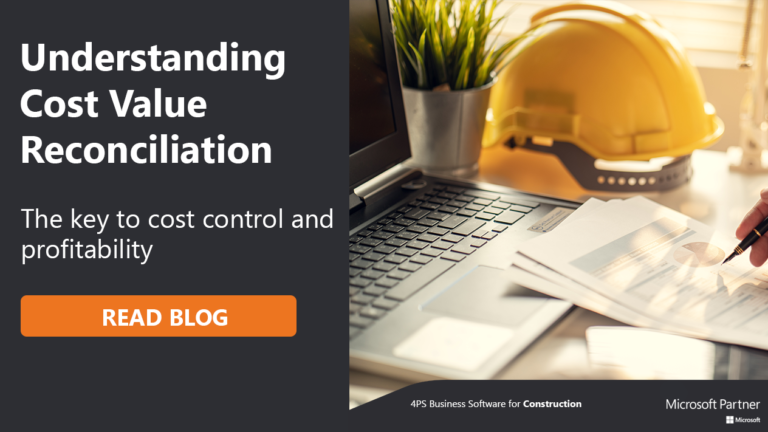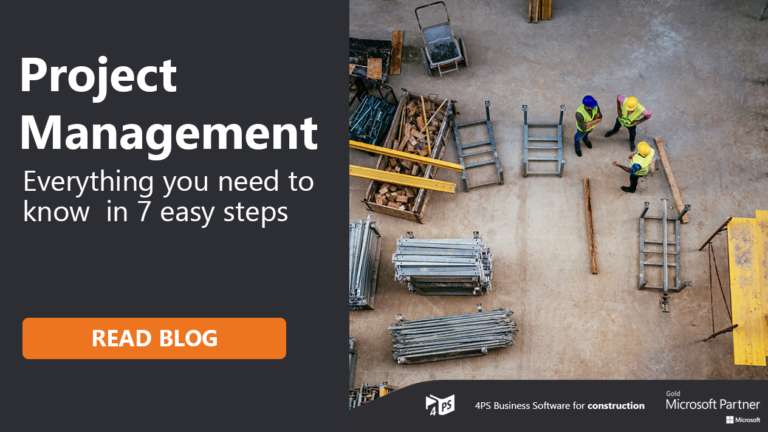Whitepaper: The Essentials of Cost Value Reconciliation in Construction
In the construction world, projects are like intricate puzzles of resources, deadlines, and money. Making each project succeed depends on finding the right balance among these pieces. But it’s not always easy to do. So, how can you make the most of CVR data? That’s what this whitepaper explains.

